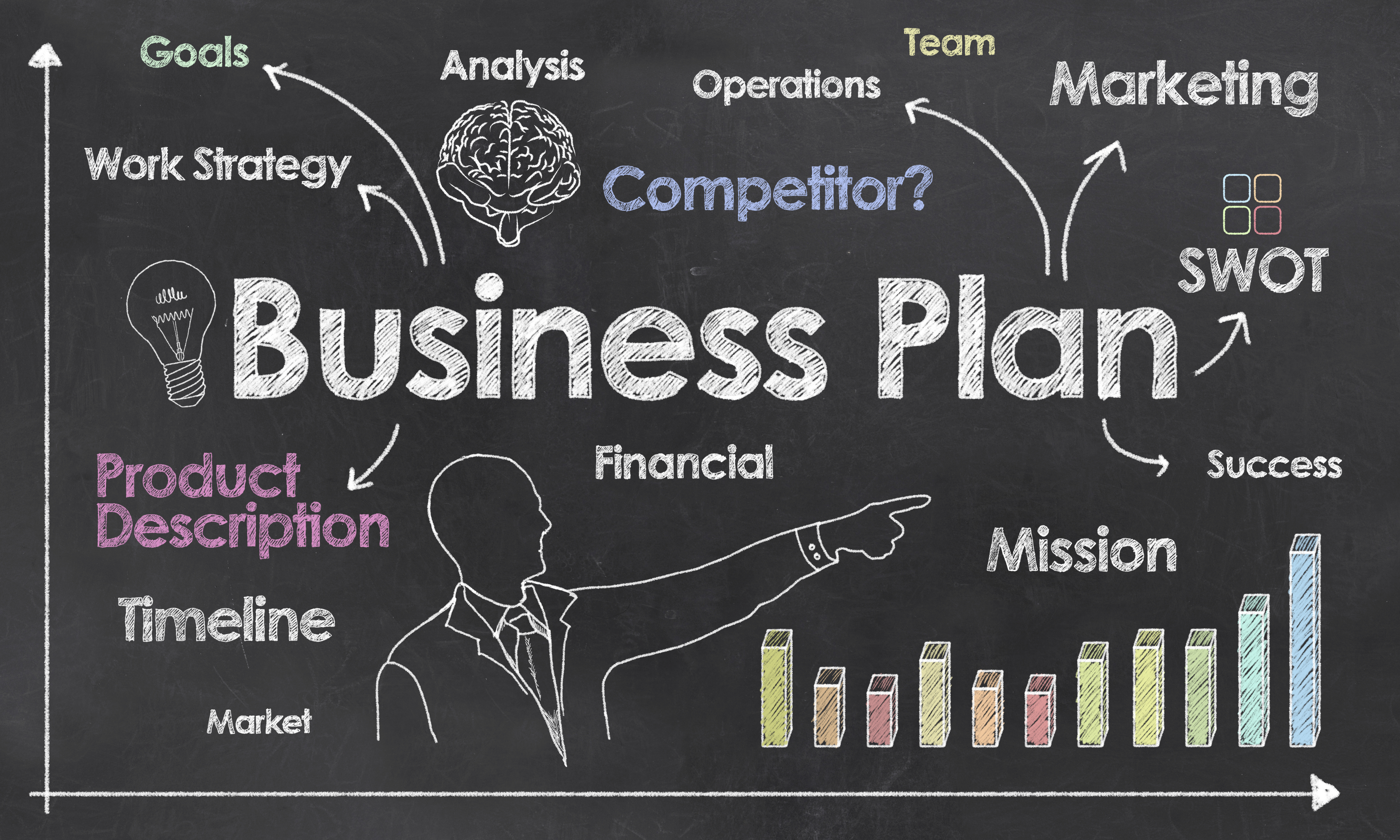Roy's Blog: October 2023
October 30, 2023
Why Dumb Rules must be destroyed if you are to be successful

Source: Unsplash
Why Dumb Rules must be destroyed if you are to be successful.
What’s a ‘Dumb Rule’?
A ‘Dumb Rule’ is an internal rule, policy or procedure that simply doesn’t make any sense to a customer. It annoys them!
They are so passionate about the alleged stupidity of the rule that they refuse to do business with an organization because of it.
They run from the organization screaming to their friends how terrible their service is.
A ‘Dumb Rule’ is conceived generally as a customer engagement control mechanism.
Dealing with Dumb Rules is rarely viewed by an organization as an important part of strategy development, but attacking Dumb Rules was one of many tactics I used to improve the execution of our strategic game plan as we marched to A BILLION IN SALES.
The Dumb Rules initiative was part of my ‘Say YES!’ strategy which had the objective of removing the roadblocks that prevented people from delivering superlative experiences for customers.
I made eliminating Dumb Rules an integral part of our Strategic Game Plan.
Why are Dumb Rules so important to a business?
▪️They control customer engagement and get in the way of making it easy for customers to engage with an organization.
▪️They get in the way of building customer loyalty.
▪️They result in customers telling others how ‘bad’ and uncaring an organization is.
▪️They obstruct the provision of delightful customer experiences.
▪️They introduce unproductive ‘friction’ in a business that prevents seamless delivery of products and services to customers.
▪️Employee engagement suffers when frontline people have to engage Rules that customers hate.
What if the Dumb Rule can’t be eliminated because it’s a legal or regulatory requirement?
Yes, certain rules are required by law or regulatory governance.
First of all do your due diligence to make sure that the claim is real and not the posturing of a champion who doesn’t want their rule or policy removed.
If the rule is necessary, however, then at least look for ways to make it customer friendly.
And reconsider how the rule is enforced with a customer; what communications strategy is used. Is it friendly and helpful or is it demanding and intimidating?
Take the time to design the customer communications content to minimize an adverse reaction; it’s not always possible but it is worth considering doing nevertheless.
If you are able to expunge even 20% of the dumb rules you have in your organization, your customers will reward you with their loyalty and your reputation will soon attract new customers as well.
What is an example of a of Dumb Rule?
One of my favorite dumb rule stories took place at The Mirage Hotel Resort and Casino in Las Vegas. There is a wonderful deli in the casino that serves the best reuben sandwiches ever but the customer friendliness of their policies sucks.
My wife and I showed up late one night and asked the hostess for a booth and were told flatly that our request was not possible since it was their policy to offer booths only for parties of 6 or more.
I get that management wanted to maximize the check value from these specific seats, but in this case the store was empty save my wife and me! Maximizing revenue beyond the two of us was an impossibility!
How does a business go about killing Dumb Rules?
✔️Make it a strategic imperative in the organization’s strategic game plan. Leadership issue to make it matter.
✔️Establish Dumb Rule Committees. Ask frontline people what dumb rules they are constantly having to deal with.
Frontline people know the rules and policies that annoy customers but do you have the courage to listen?
I created Dumb Rules Committees in the operations areas of my organization and appointed a leader for each committee.
Their responsibility was to seek out and destroy (or otherwise modify) rules that made no sense to customers and drove them crazy.
Fun was had by all over this concept.
Everyone, particularly the frontline, welcomed this initiative; they all were passionate about the purpose; we made real progress.
We had contests among the committees to see who could come up with the most dumb rules to kill, and we celebrated the winners.
The committees were expected to not only identify rules, policies and procedures that annoyed customers, they were also charged with the responsibility of eradicating them by taking whatever action was necessary to get it done.
My role and that of my senior leaders was to remove any roadblocks preventing the committees from getting a rule dealt with.
✔️Embed customers in the Rule design process. Design your Rule system with the customer in mind.
They will be the best ‘cleansing agents’ you could ever ask for. And they will love you asking for their help in your business.
✔️Get customer input through service quality surveys. ASK THEM about your rules and policies, and be guided by what they have to say.
✔️Hold leaders accountable to eliminate Dumb Rules. Include the task in their annual performance plan.
Dumb Rules prevent effective execution of your strategic game plan.
Irradiate them and watch the magic!
Cheers,
Roy
My 75+ Podcast Shows that will change your life.
My Podcast Show Audacious Moves to A BILLION.
My BE DiFFERENT or be dead Book Series.
‘Audacious’ is my latest.

- Posted 10.30.23 at 05:53 am by Roy Osing
- Permalink
October 23, 2023
5 easy ways to grow your business fast and furious

5 easy ways to grow your business fast and furious
I was fortunate to lead an amazing startup team to build an internet business to A BILLION IN ANNUAL SALES.
I am often asked on podcasts, what are the secrets to growth? What are the top priorities a leader should pay attention to to drive unbelievable performance?
Make these 5 Moves.
They worked for me.
They’ll work for you.
#1. Have a simple plan — Simplicity Rules! It’s critical to have a business plan that can be easily communicated to people if you want them to support your chosen direction.
Critical elements of your plan:
▪️Growth targets for the next 24 months.
▪️Customer groups you intend to target to achieve your growth goals.
▪️Competitive strategy - how you intend to differentiate your organization from your competitors.
#2. Be the ONLY ones who do what you do — Having clarity on why people should do business with you and not your competitors is vital to cut through the clutter of competitive claims out there.
And it’s THE prerequisite to business growth.
If you’re not The ONLY One at something your target customers CARE about, your growth goals will be almost impossible to achieve.
#3. Focus on execution — It’s all very well to have a strategy that sounds awesome on paper, but the true rest of an audacious plan is whether or not it can be flawlessly executed day in and day out.
Roy’s Rule if EXECUTE!: for every hour spent on setting direction, spend two hours on how you’re going to execute it.
#4. Ensure every employee has a direct line of sight to your strategy — One of the main reasons growth objectives aren’t met is because employees aren’t clear on what they specifically need to do to execute the strategy.
Some people will get the role that they now have to play but others won’t. This leads to dysfunction and the inability to achieve the growth goals set for everyone.
The solution is quite simple. Leaders need to declare what each employee needs to do to effectively execute on the strategy. The new things they need to take on and the old things they need to give up must be defined in granular fashion.
Effective plan execution—and achieving planned growth—happens when there is a direct Line of Sight between every employee and the strategy of the organization.
#5. Follow your frontline — Who REALLY knows what’s going on in any organization?
The growth journey requires leaders who ‘stick’ to their frontline, the ‘coal face’ of the organization where customers and competitors intersect with the organization and produce successful transactions or failures.
Spending time with the frontline is often uncomfortable for leaders, because they learn about PROBLEMS! Most leaders would prefer hearing only about what is going well; it makes them feel good. But the reality is that problems—barriers frontline people face in trying to execute the organization’s strategy—that are successfully resolved are extremely powerful in improving performance.
Audacious Leaders dedicate at least 1 day per week to the frontline where their objective is to discover—and REPAIR—what is preventing the strategy of the organization from being pristinely executed.
Fast and furious growth doesn’t happen by doing one thing.
It’s the result of consistently making many small Moves.
These five Moves are critical—and they’ve been proven to work—if you’re searching for a growth formula.
Cheers,
Roy
My 75+ Podcast Shows that will change your life.
My Podcast Show Audacious Moves to A BILLION.
My BE DiFFERENT or be dead Book Series.
‘Audacious’ is my latest.

- Posted 10.23.23 at 05:21 am by Roy Osing
- Permalink
October 9, 2023
What is the single truth about meaningful innovation?

What is the single truth about meaningful innovation?
How many books, articles and case studies have you read on how to innovate?
There are literally thousands of pundits espousing various methods of creating something new.
The plethora of methodologies rain down:
▪️brainstorm.
▪️explore technological capabilities.
▪️benchmark what the competition is doing.
▪️track social media conversations.
▪️explore the possibilities of being contrarian.
▪️cognition tools.
Whatever process you decide to use, make sure you have a context for creating new ideas.
It’s not about the new idea in and of itself, it’s about the problem it solves; the strategic context it operates in.
In my experience leading a startup organization to A BILLION IN ANNUAL SALES, the innovative source that is underexploited is the frontline.
The strategic context they ‘play in’ is customer engagement, hiking long term relationships and enhancing loyalty.
And the creative juice they can supply is enhancing the customer experience; making the experience delightful, mind blowing and ‘gaspworthy’ so the customer will never leave the organization and will tell others how unbelievable and great the organization is.
Meaningful innovation is created by frontline people charged with the responsibility of delivering memorable moments for others.
Why are frontline employees rarely asked to be the engine of innovation?
Leaders don’t want to hear this, but my observation is that it’s because the frontline generally is not viewed as a high value asset that has the power to either dramatically improve the performance of an organization or destroy it.
The way forward to meaningful innovation is to engage your frontline. Take your strategic imperatives to them and ask for their help creating new approaches, new ways and new methods.
This is a leadership issue.
Don’t leave it to middle management to do it. They won’t. They don’t understand the strategic importance of the frontline.
Leaders MUST put their personal fingerprints on this to make it happen.
Leaders… DO IT. NOW!
Cheers,
Roy
My 50+ Podcast Shows that will change your life.
Check out my BE DiFFERENT or be dead Book Series
‘Audacious’ is my latest…

- Posted 10.9.23 at 06:11 am by Roy Osing
- Permalink
October 2, 2023
Why the current business planning methods are wrong and need to be rejected

Why the current business planning methods are wrong and need to be rejected.
Current business planning methods are wrong.
They are totally out of touch with what organizations need to be successful.
And they need to be rejected and replaced with a planning process that recognizes the challenges organizations face in today’s environment of rapid change, unpredictability, uncertainty and ‘chaos’.
Here’s my quick rundown of the shortfalls of traditional business planning methods.
#1. Time — It takes too long to develop a business plan using standard pedagogical methods. Weeks can turn into months of analysis, modeling, risk assessment, strategy option comparisons and status reviews before the business planning process is concluded.
And as time passes by people lose interest in the outcome, and what began as an exciting task erodes into a laborious exercise.
#2. Cost — It’s an expensive process to deliver a business plan. At anywhere from $200 -$300 per hour it doesn’t take long to run up a $25,000 bill to have the business plan developed.
#3. Direction overload — Priority is given to getting the business plan direction ‘perfect’.
In fact most of the business plan development time is spent on defining the strategy direction exactly and precisely. Precision is given the utmost priority. Literally over 80% of the time spent is on getting the business plan direction EXACTLY RIGHT.
Analytics are used to attempt to squeeze perfection out of the plan.
#4. Execution MIA — With the overwhelming focus on business plan direction, little time is allocated to determining how the plan will be implemented.
The details of who does what by when are unfortunately not dealt with, leaving the plan “a brave idea” with no roadmap describing exactly how the intent of the plan will be achieved.
I’ve sat through planning sessions where so much time was spent on the WHAT, there was no time left for the HOW.
#5. Benchmarking — Under the guise of innovation, looking at ‘Best in Class’ organizations to determine what changes are needed overwhelms the direction setting process.
The amount of original thought and audacious creativity (https://www.bedifferentorbedead.com/blog/item/786) going into the business plan is meager at best.
Most organizations have an ongoing ‘love affair’ with benchmarking.
#6. Differentiation — There’s much talk about how to create a competitive advantage in the market, but it’s mostly smoke with no substance.
CLAPTRAP, ASPIRATIONS and NARCISSISM pervade this discussion. People declare they are ‘the best’ at this and ‘#1’ at that.
They all agree they are ‘market leaders’ with respect to some competence or skill that gives them the competitive edge that will vault their performance to astronomical heights.
In the end, the tough work of declaring what makes them truly unique among their competitors never gets done. The capabilities and competencies needed to “be the ONLY ones that they do” never gets addressed.
Reliance on the same-old textbook differential advantage rhetoric continues with no real change to their competitive position.
The objective of any business plan is to establish your organization as the ONLY one that does what you do.
#7. Leader fingerprints — Current business planning methodologies rely heavily on the opinions of consultants and other SME’s—Subject Matter Experts— either internal or external to the organization to guide the direction of the plan.
THEIR views, based on their alleged experience and expertise in developing high performing organizations, influence the strategic imperatives of the organization that results in the future allocation of investments.
Fingerprint leadership, in a nutshell, has a leader strategically micromanaging in their organization.
The truth is, in this business planning model, leaders review the opinions and recommendations of these SME’s and provide their approval on the strategic journey out to them, but rarely do they offer anything unique in terms of business strategy.
Their individual perspectives on strategy get little airtime because they’re not asked to plot the course of the organization from a blank sheet of paper.
The opportunity costs to the organization of giving too much power to the SME Influencers are significant. First, the business plan fails to capture and incorporate the experience and expertise of the leaders and second, leadership accountability is weakened.
With no direct skin in the game other than approving someone else’s proposal, a leader isn’t compelled to apply the same energy to implementing the plan as they would if they had more of an Influencer role.
strong<>#8. Textbooks and models — What SHOULD work in theory or academic pedagogy gets priority over what direction best fits the unique requirements of the particular organization the business plan involves.
The “Paper Plan” gets completed with virtually no frontline input. Models are used to predict expected demand from the plethora of assumptions made about customer take rates and competitive behavior.
Academia influences the direction and Doing doesn’t. If the results of the current strategy are falling short of expectations, the automatic assumption is that the STRATEGY—i.e. the plan direction—is wrong when in fact it might be an execution issue.
The landscape of business planning needs to change.
Business Planning should:
▪️Be relevant.
▪️Be engaging and fun.
▪️Engage the leadership team extensively, and draw on their knowledge and experience.
▪️Be reasonably quick to develop and not cost ‘an arm and a leg’.
▪️Focus more on execution.
▪️Establish leadership accountability.
▪️Be influenced more by the people in the trenches dealing with customers and competitors.
I created the Strategic Game Plan to address the frailties of traditional planning methods.
It guided us to take a startup to A BILLION IN SALES! and has helped many businesses achieve the growth and success their leaders never experienced before!
Cheers,
Roy
My 75+ Podcast Shows that will change your life.
My Podcast Show Audacious Moves to A BILLION.
My BE DiFFERENT or be dead Book Series.
‘Audacious’ is my latest.

- Posted 10.2.23 at 07:00 am by Roy Osing
- Permalink

